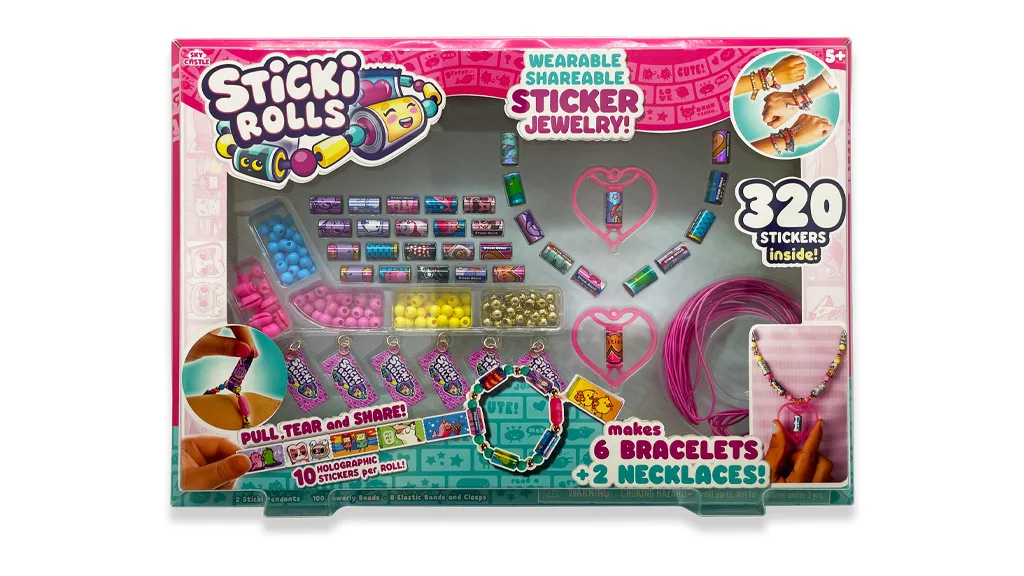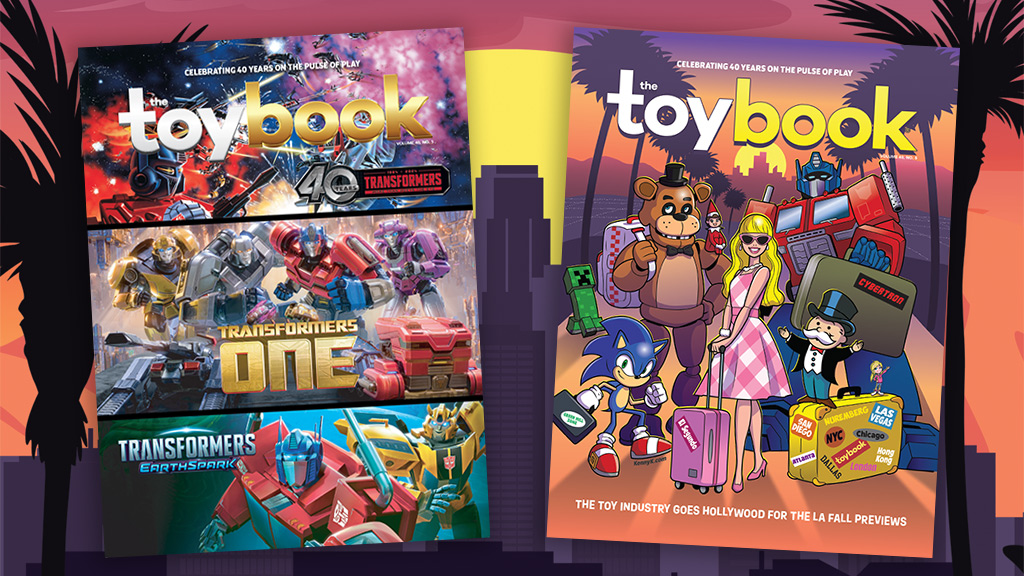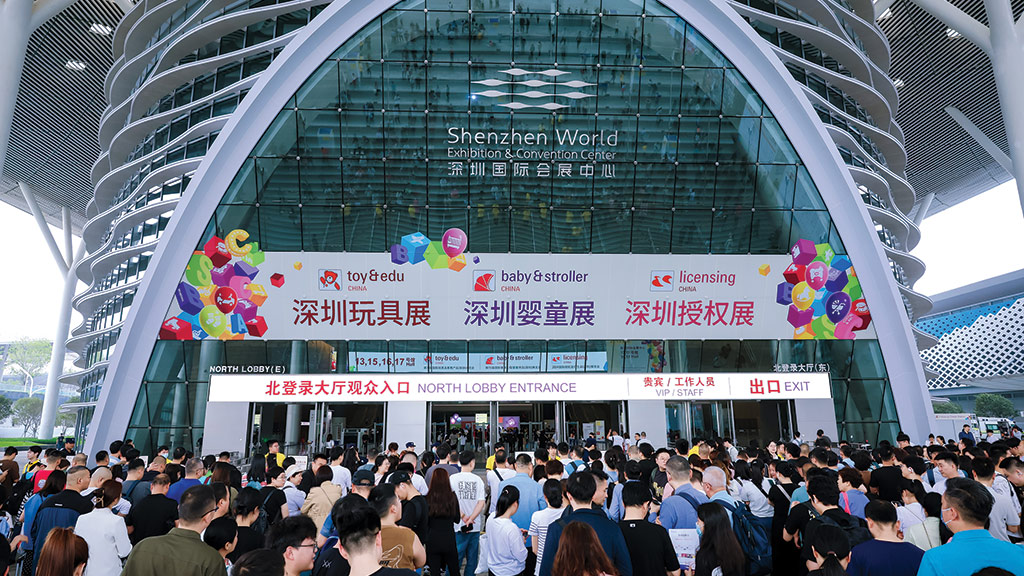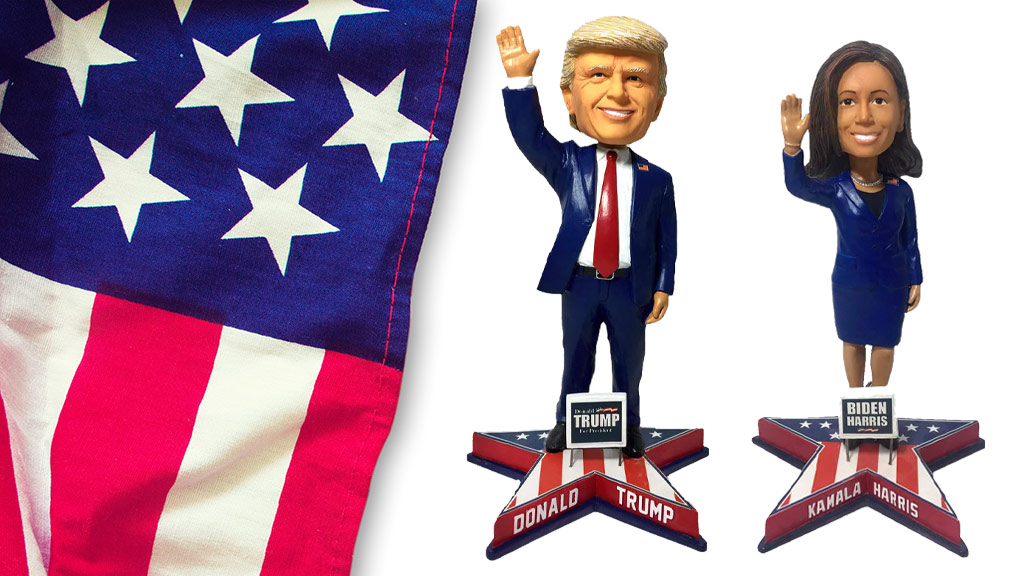by CHRIS BYRNE, The Toy Guy, President, Byrne Communications, Editor – Global Toy News
For years, the toy industry has talked about the “international business.” This business is characterized by products introduced in one market and gradually launched across distinct markets, properties, and channels worldwide. Because these are toys and games, it could take several seasons to reach market saturation.
Those days are decidedly gone, and a new, globally interdependent business has taken over, bringing new challenges and opportunities, with times measured in months or just weeks. Negotiating this new landscape to maximize — and not miss — opportunities is a task facing every toy company this year.
Issues include supply chain management, manufacturing, shipping, and overall logistics. While specifics vary, those constants remain. What we’re seeing now, though, is a more significant shift. Driven by social media, diversifying retail channels, AI, and a year-round selling cycle, a new picture of the global toy industry is emerging, and change is coming at an unprecedented pace.
“It’s not for the faint of heart,” says Herb Mitschele, Executive Vice President of Global Sales and Planning for Jazwares. “Several things to consider are the country’s political, economic, and legal framework; the barriers to entry; the size of the market; and the overall investment needed to make the market a success.”

SOCIAL MEDIA UNITES THE WORLD
That’s a dramatic statement, but it’s no less accurate. As Jay Foreman, CEO of Basic Fun! points out, it took months for POGs to find their way from Hawaii to the mainland to become a hit in the 1990s. Fingerboards, too. Today, TikTok, Instagram, and YouTube dominate, meaning something can become a sensation virtually overnight. “If something hits, and it’s in a warehouse anywhere, someone can buy it,” Foreman says.
Josh Loerzel, Co-Founder of Sky Castle Toys, says, “In this environment, you can’t afford not to be international. Previously, you could control when you wanted to launch because the key driver was TV.” Now, he says, the marketing is “bleeding” from the U.S. into other countries thanks to social media. He notes that with Sky Castle’s Sticki Rolls, the product went viral with 30 million views in two weeks, but 51% of those views came from outside the U.S. “Kids are going to see things and want them, and if you wait or you’re not ready, you’ll lose the sale,” he adds.
That same speed can amplify risk, however. Just as quickly as things pop, they can come back to Earth. As Foreman points out, the market seems to cycle through novelty every six months.
It’s a data-driven sector, and as Loerzel says, influencers play a role. TV ad dollars have shifted to influencers, and they’re necessary to generate attention. The ability to track attention span, retention, rate, and how content performs is almost instantaneous. And it happens without borders.
AI CHANGES PRODUCTS
Nelo Lucich, CEO of Skyrocket Toys, says that international sales comprise “a pretty big chunk” of his company’s business, acknowledging that there are still some countries where toys like the Faction line of Gel Bead Blasters lack distribution. “Most of our products are intended for global markets, and we think about everything from a global perspective,” he says.
AI has facilitated international expansion for small- to medium-size companies like Skyrocket. Its new talking toy, PLAi: Poe the AI Story Bear, can be adapted and localized for other markets by employing AI. According to Lucich, the AI doesn’t just do a straight translation. “You can generate it in a contextual sense,” he says. “The stories will be correct and cultural.”
AI is supporting marketing as well. Loerzel notes that AI can seamlessly translate audio on content videos to any language. In addition to the current programs they are using, he adds that Google is Beta testing a platform that will use AI to translate into a native language based on IP address alone.
SELLING AROUND THE WORLD
Even as Foreman points out that chasing sales is an ongoing, year-round effort, the question of trade shows is at the top of virtually everyone’s mind. The balance between time, efficiency, location, and investment is a constant question.
Loerzel says that the LA Fall Toy Previews this month will be critical for Sky Castle. His company and others of similar size depend on international distributors, and the early look at new products will be invaluable in planning and forecasting.
Foreman thinks that moving ahead, Hong Kong will return to importance, noting that the Hong Kong Toys & Games Fair had a strong show this year. Sophia Chong, Deputy Executive Director at HKTDC, says this success “demonstrates the power of trade shows as catalysts for international business growth and expansion. Trade shows like ours are dynamic platforms that spark alliances, inspire innovation, and foster relationships contributing to a thriving global market.”
Many in the industry agree that Spielwarenmesse, the Nuremberg Show, remains critical. Christian Ulrich, Spokesperson for the Executive Board at Spielwarenmesse eG, adds that for emerging businesses and innovative startups, the show “offers valuable opportunities to expand into new markets.”
The recently rebranded Toy & Hobby China (formerly Toy & Edu China, aka the Shenzhen show) in April is likely to continue growing in importance as a showcase for exceptional design and a platform for creating broader international distribution partnerships.
The Toy Book will continue to cover international issues in the context of a dynamic marketplace. While this only scratches the surface, for now, Ben Dart, Chief Operating Officer at Moose Toys, succinctly sums up the situation for his company and the industry: “The toy industry continues to evolve, and producing innovative and strong value products for consumers has never been more important.” He advises maximizing expansion opportunities, optimizing channel diversification, and generating efficiencies.
The endgame is the same, but the gameplay has evolved.

A version of this feature was originally published in The Toy Book’s 2024 LA Fall Toy Preview Issue. Click here to read the full issue! Want to receive The Toy Book in print? Click here for subscription options!



